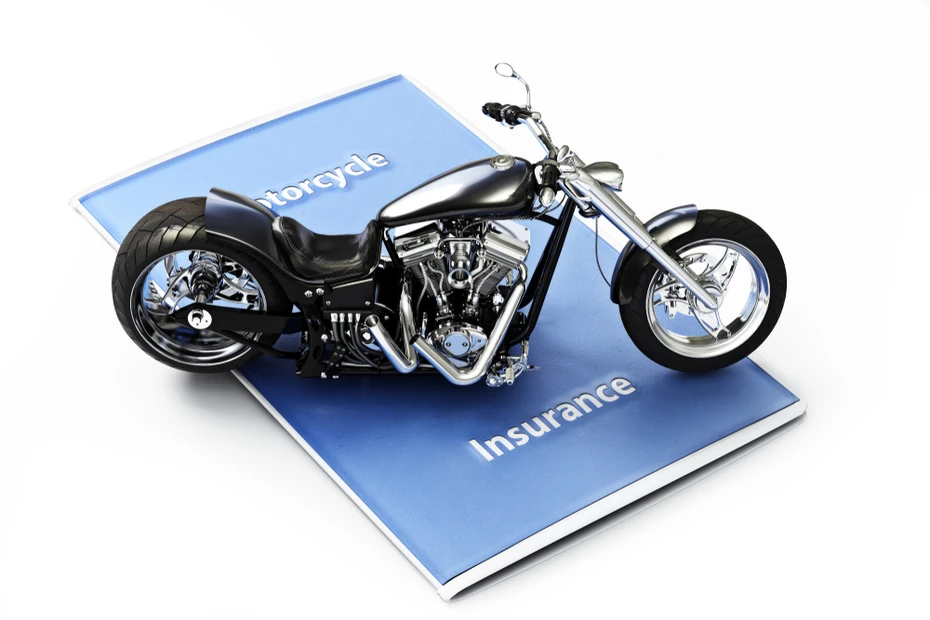What to Do After a Bike Accident: A Step-by-Step Guide
What to Do After a Bike Accident: A Step-by-Step Guide
Experiencing a bike accident can be distressing and challenging, but knowing how to respond calmly and efficiently is crucial. In this step-by-step manual, we will provide you with the essential steps to take following a bike accident, safeguarding your safety, defending your rights, and streamlining the insurance claims procedure. Every action you take after an accident, from prioritising your health to recording the accident scene and sharing information with other parties, is crucial to a successful recovery. By following these steps, you will be prepared to confidently manage the fallout from a bike accident.
Table of Contents
Essential Steps to Take After a Bike Accident
Here are the crucial actions you must take following a bike accident to protect your safety, acquire proof, and efficiently handle the legal process.
- Safety First: Prioritise your safety and the safety of others involved. Move out of the road, if possible, to avoid further accidents.
- Call for Help: Dial emergency services if anyone is injured, regardless of the severity.
- Record the Scene: Take pictures of the accident scene, including the road conditions, the vehicles involved, and the bike damage.
- Exchange Information: Get other parties' and witnesses' contact details and insurance information.
- File a Police Report: Contact local authorities and have them create an official police report.
- Notify Your Insurance Company: Report the accident to your insurance company as soon as possible.
- Cooperate with Claims Process: Provide all relevant information to expedite the claims process.
- Record Expenses: Keep track of all accident-related expenses for reimbursement.

Steps to File a Bike Insurance Claim
Before making a claim for compensation, carefully read and fully understand the bike insurance claim guidelines. There are several procedures for submitting cashless and reimbursement bike insurance claims. To make a claim, follow the instructions below.
- Understand the Claim Rules: Familiarise yourself with your bike insurance renewal policy's specific rules and guidelines for filing claims, whether cashless or reimbursement.
- Gather Necessary Documents: Collect all required documents, including a duly signed claim settlement form, a copy of your two-wheeler insurance policy, your Driver's License, and your bike Registration Certificate.
- FIR Copy: In case of a significant accident, obtain a copy of the First Information Report (FIR) from the police.
- Original Tax Receipt: Provide the original tax receipt for your two-wheeler.
- Cashless Claim: Submit the original repair invoice issued by the network garage for cashless claims.
- Reimbursement Claim: If you opt for a reimbursement claim, keep all original invoices and payment slips for repairs.
- Submit Claim Documents: Once you have all the required documents, please submit them to the insurance company through their designated channels.
- Wait for Inspection: The insurance company may inspect your bike's damages to assess the claim amount.
- Receive Claim Settlement: After the evaluation, the insurance company will determine the claim amount and process the settlement accordingly.
- Follow Up: Stay in touch with the insurance company during the process to address any queries and ensure a smooth claim settlement.
How To Submit a Claim for Third-Party Insurance?
In submitting a claim for third-party insurance, it is essential to follow a systematic approach to ensure a fair resolution. They are as follows.
- Obtain policy details from the responsible party's insurer.
- Notify the insurer about the third-party claim promptly.
- The insurer submits the case to the Motor Insurance Claims Tribunal.
- Attend the tribunal hearing where both parties present their arguments.
- The tribunal reviews the evidence and decides on the compensation amount.
- Once the decision is made, the insurer transfers the settlement funds to your bank account.
- The third-party insurance claim process ensures a fair resolution to cover damages caused by the at-fault party.
- Adhere to timelines and provide accurate information to expedite the claim process.
- Seek legal advice if required to navigate the complex claims procedure.
- Keep all communication and documentation with the insurer and tribunal well-organised for reference.
Closing Thoughts
In conclusion, being involved in an accident is a challenging experience, but knowing the proper steps to take can make a significant difference. Safety must always come first. Seek medical attention right away and thoroughly record the accident scene. To reach a satisfactory resolution, you must cooperate with the insurance claims process and promptly notify your insurer. Knowing the coverage amounts for the various categories of accidental protection can help you ensure you are appropriately protected in the case of a third-party claim. To negotiate the aftermath of a bike accident with assurance and peace of mind, be informed, keep safe, and adhere to our step-by-step guidance.
FAQs
Q1. What should I do immediately after a bike accident?
After a bike accident, prioritise your safety and the safety of others involved. Move to a safe area, call for medical help if needed, and document the accident scene with photos.
Q2: How do I file a bike insurance claim after an accident?
To file a bike insurance claim, inform your insurance company about the accident, provide the necessary documentation, such as the police report and repair invoices, and cooperate with their claims process.
Q3: Can I claim compensation for injuries in a third-party bike insurance policy?
No, a third-party bike insurance policy only covers damages to third parties and their properties. It would be best to have a comprehensive bike insurance policy with a personal accidental cover add-on for personal injury coverage.
Q4: Is it essential to involve the police after a bike accident?
In the case of significant accidents, it is essential to involve the police to create an official accident report, which can be valuable evidence for your insurance claim.
Q5: What if the at-fault party's insurance denies my claim?
If the at-fault party's insurance denies your claim, you may need to consult a legal professional and consider pursuing the claim through legal channels to seek fair compensation.














































